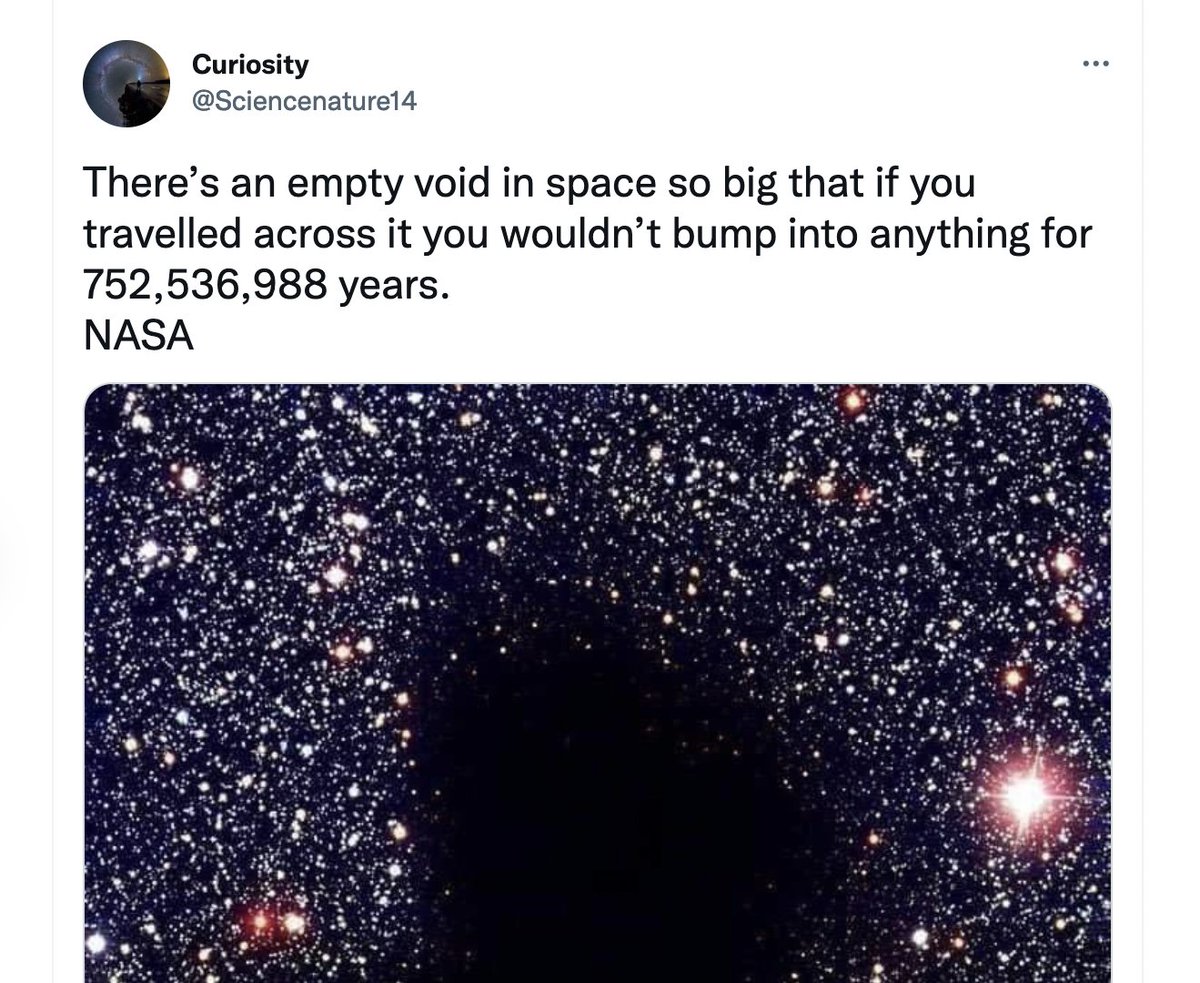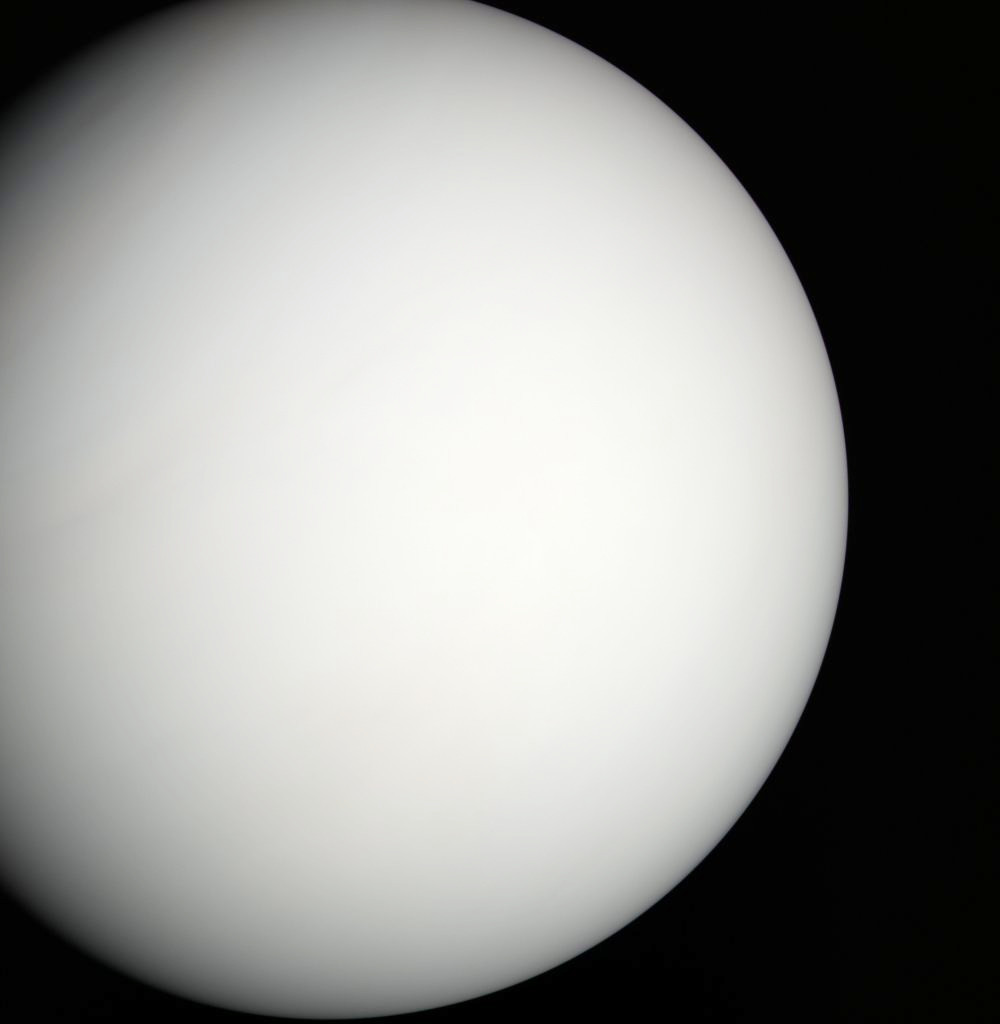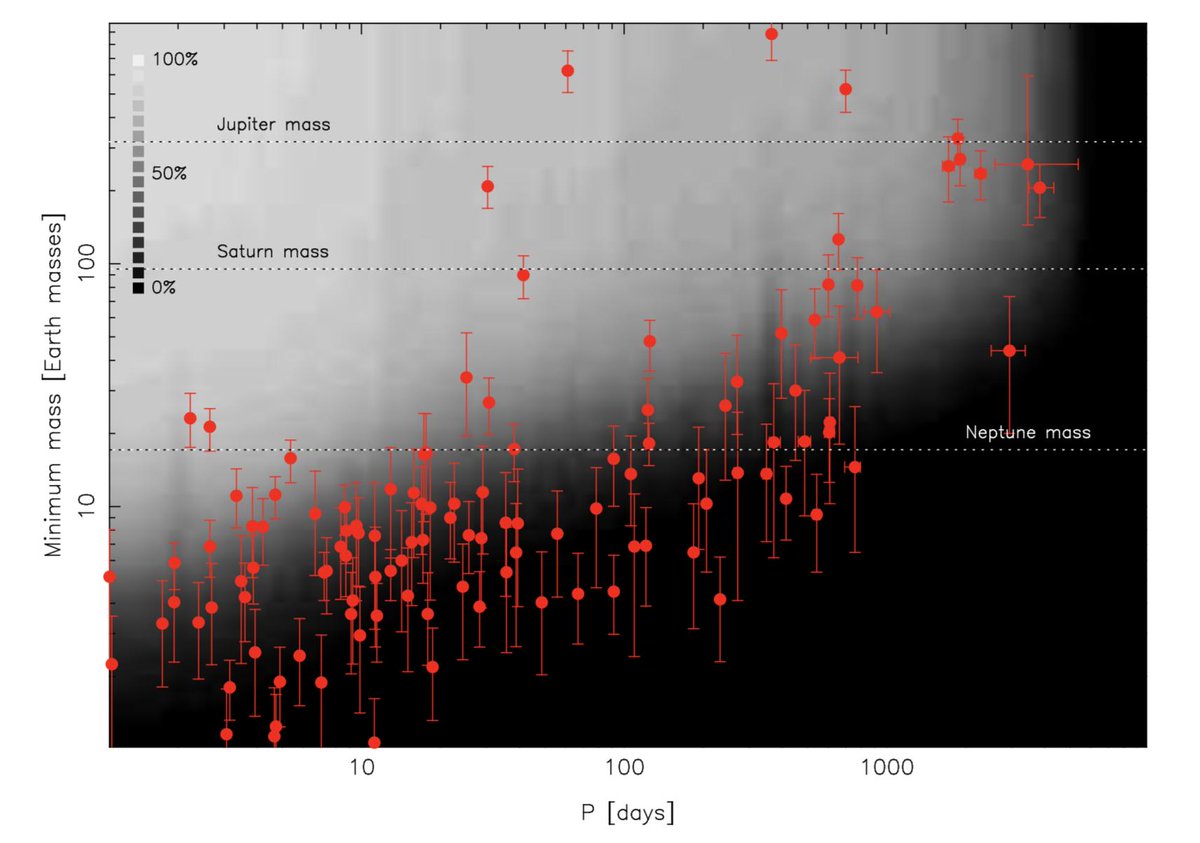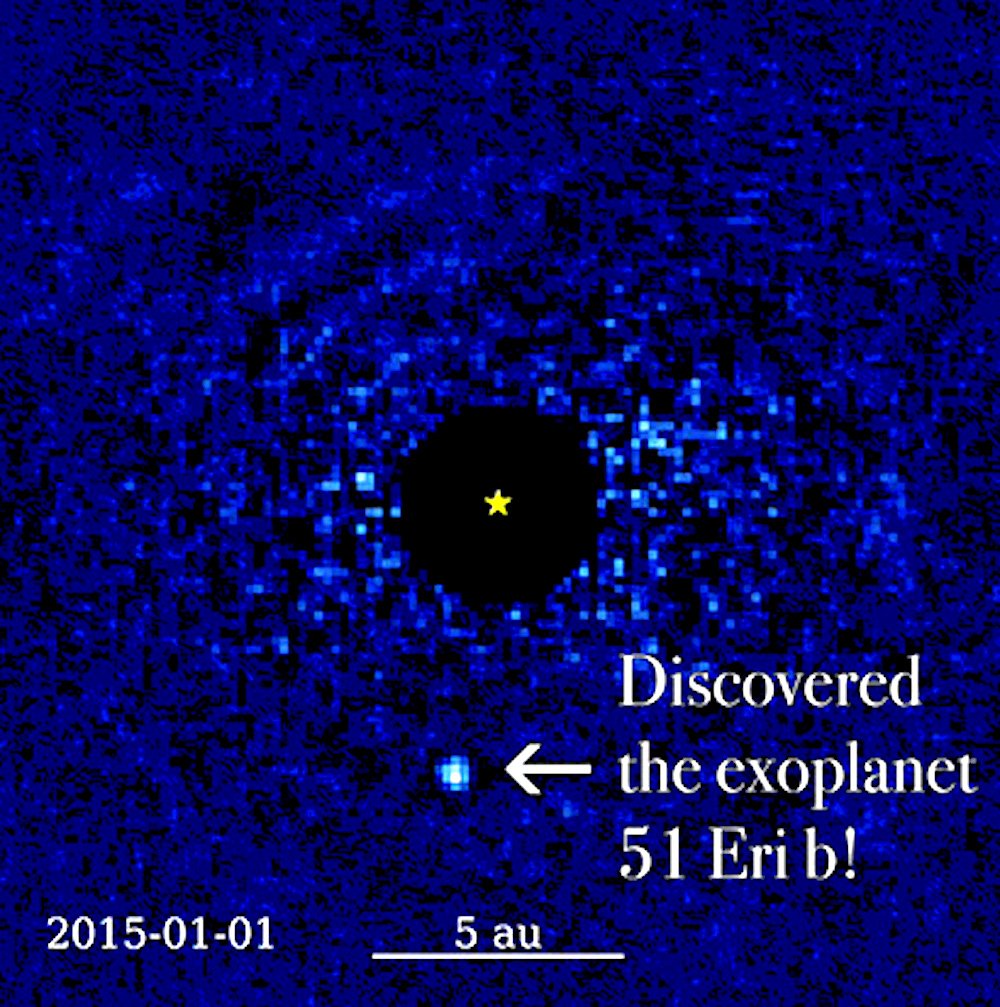
The Perseid meteor shower peaks tomorrow night. It's caused by dust shed from Comet Swift-Tuttle; this is what the debris trail looks like as it orbits the Sun & intersects with Earth. meteorshowers.org/view/Perseids #PerseidMeteorShower
Every meteor shower has its own signature style. The Geminid shower (December 14) is caused by fast-moving pieces from the Sun-hugging asteroid Phaethon. meteorshowers.org/view/Geminids
This year's #PerseidMeteorShower unfortunately coincides with a bright full Moon. But with the right techniques, you can still catch some dramatic shooting stars. amsmeteors.org/2022/08/viewin… 

• • •
Missing some Tweet in this thread? You can try to
force a refresh
















